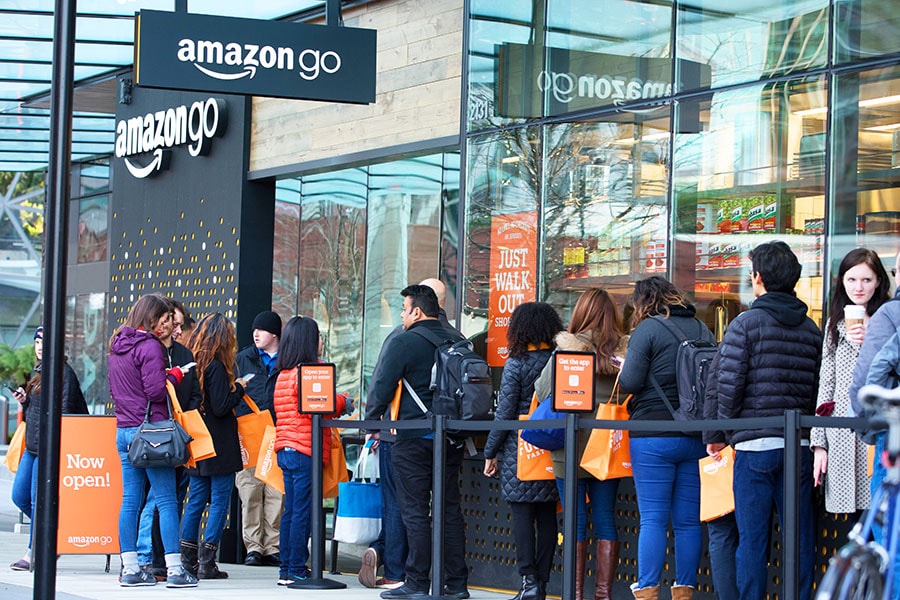
Bricks vs Clicks: Why physical retail isn't going away anytime soon
In emerging markets, the growth of online sales has not led to a decline in the number of physical stores. Indian retail chains, after two years of the pandemic, made a spectacular comeback in 2022. One of India's largest retailers, D-Mart, added 50 new stores and planned to add another 135 in FY 2023-24
 Stores are evolving to meet the challenge from online retail. They understand their unique selling proposition is “physical,” and need to leverage this aspect by becoming central to shoppers’ lives. Image: Shutterstock
Stores are evolving to meet the challenge from online retail. They understand their unique selling proposition is “physical,” and need to leverage this aspect by becoming central to shoppers’ lives. Image: Shutterstock
By Devendra Chawla and Nirmalya Kumar
In the US, physical stores have been challenged by the growth of ecommerce and the impact of the pandemic, which changed consumer preferences. Several major brick-and-mortar retailers in the country have undergone restructuring to adapt to evolving market conditions. Notable examples include the erstwhile retail giant Sears filing for bankruptcy in 2018, JC Penney in 2020, while Macy's has been closing underperforming stores. Toys "R" Us, after bankruptcy in 2017, has made attempts to revive its brand with smaller, experiential stores. Even successful chains like Zara have slowed down opening new stores in developed markets in favour of greater focus on ecommerce.
In contrast, in emerging markets, the growth of online sales has not led to a decline in the number of physical stores. Indian retail chains, after two years of the pandemic, made a spectacular comeback in 2022. One of India’s largest retailers, D-Mart, added 50 new stores and planned to add another 135 in FY 2023-24. Other Indian retail chains like Aditya Birla Fashion & Retail, Titan, Tanishq, V-Mart, Westside, etc., have aggressive store rollout plans. Avenue Supermarts, the fourth-largest chain of convenience stores in India, is also looking to scale up the retail chain from 284 to 1,500 stores.
Reliance Retail, the country’s largest retail player with 22 sub-brands in a variety of formats and domains, such as consumer electronics, grocery, fashion, and lifestyle, saw a 30 percent growth in both retail revenues (about $21 billion) and profits in FY23-24.
For some retailers, the strategy is to enter a new sector in a big way with lots of capital, and then tweak the business model or format to get it right. In contrast, the Tata group starts a new format with a few stores, and perfects the model before scaling up. This approach is best seen with the Zudio stores it launched in 2016.







